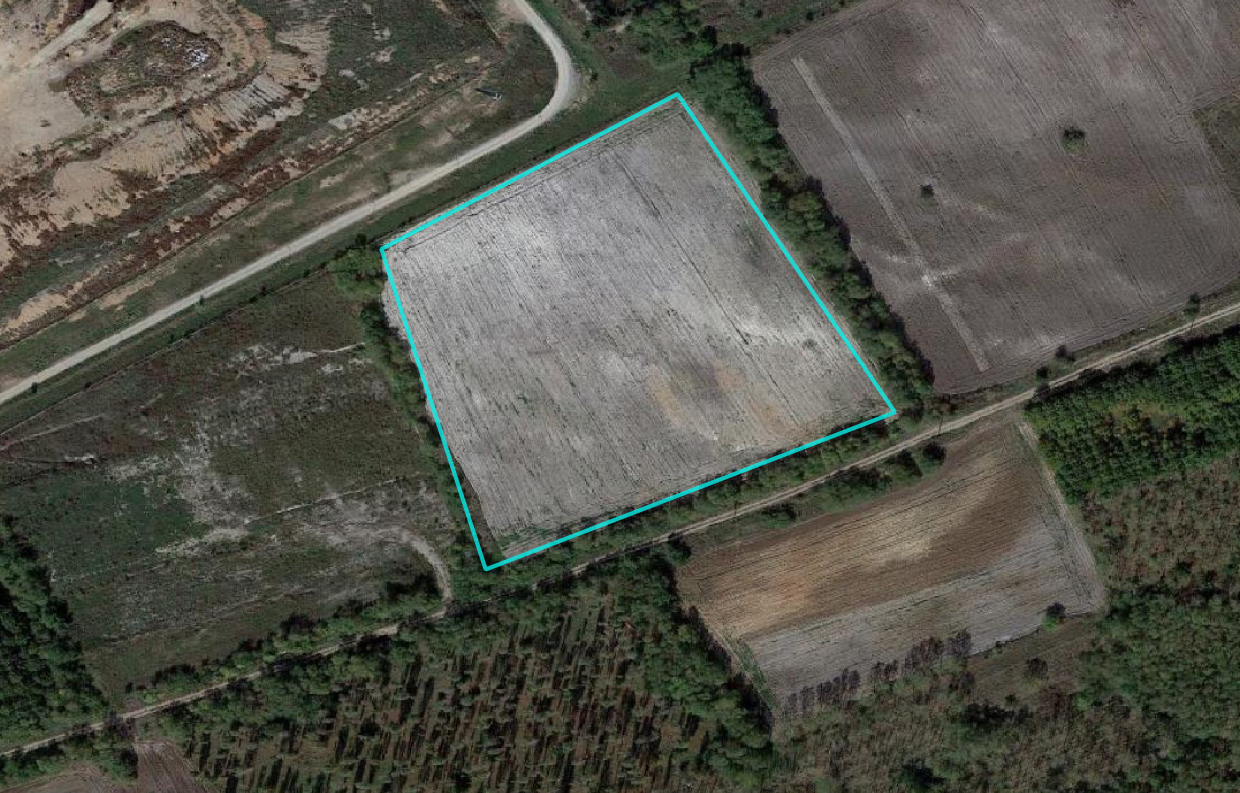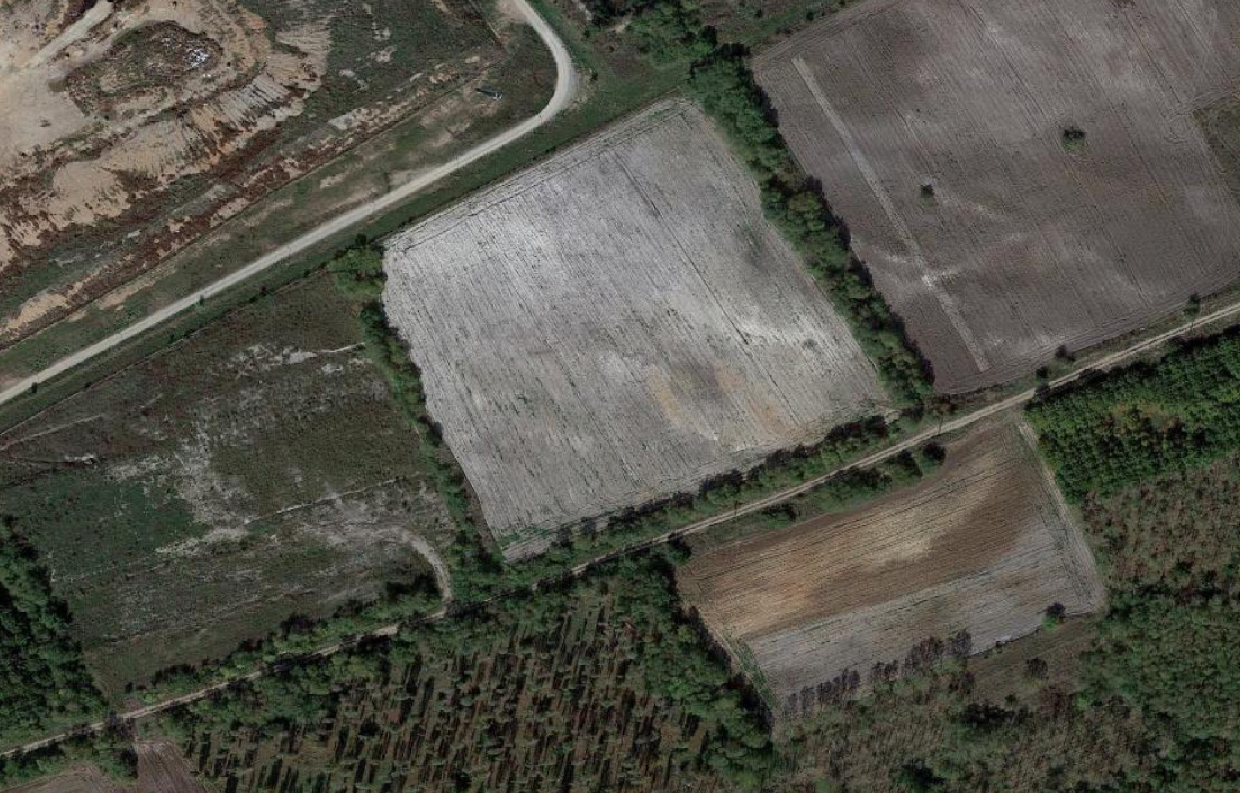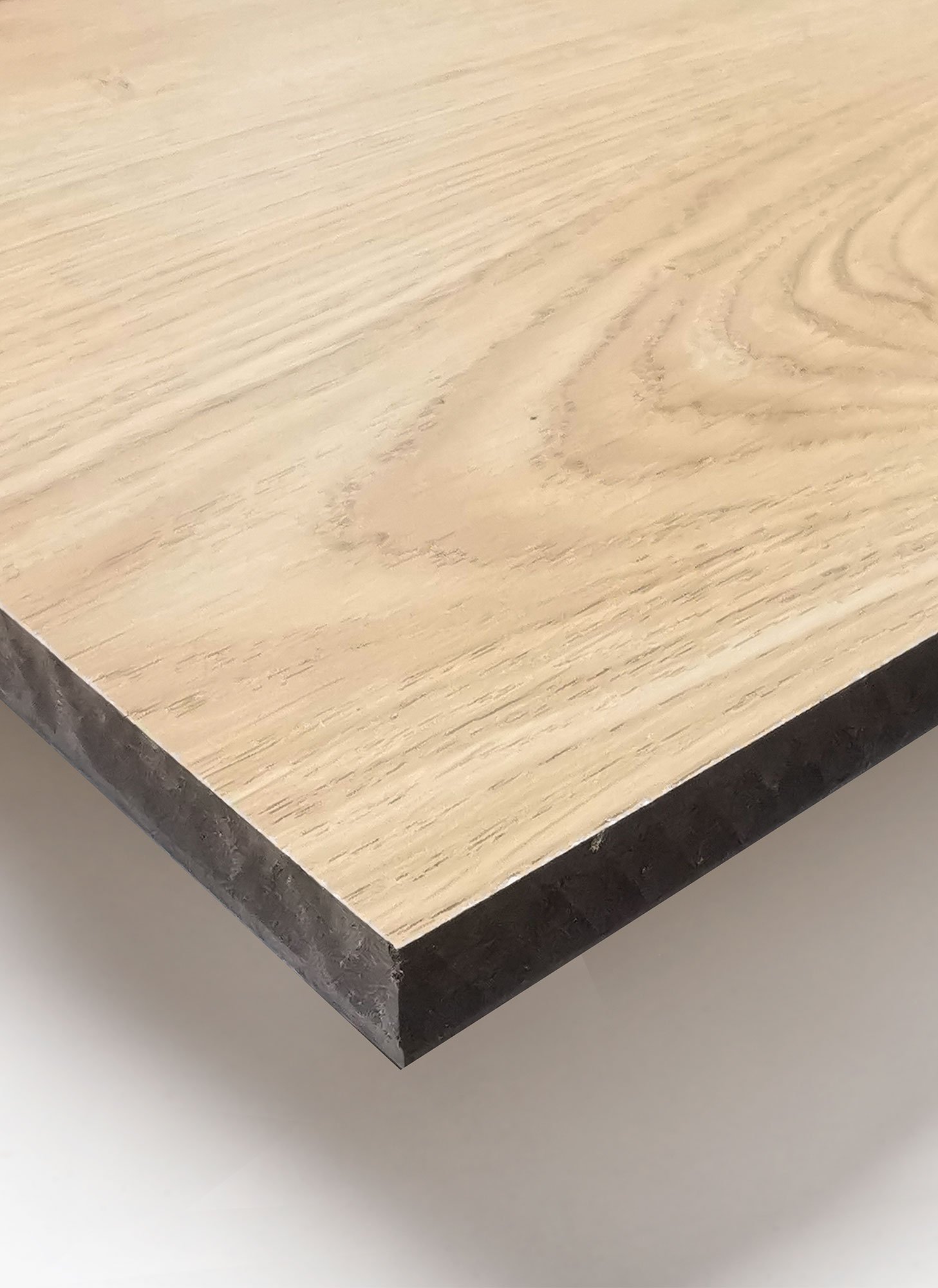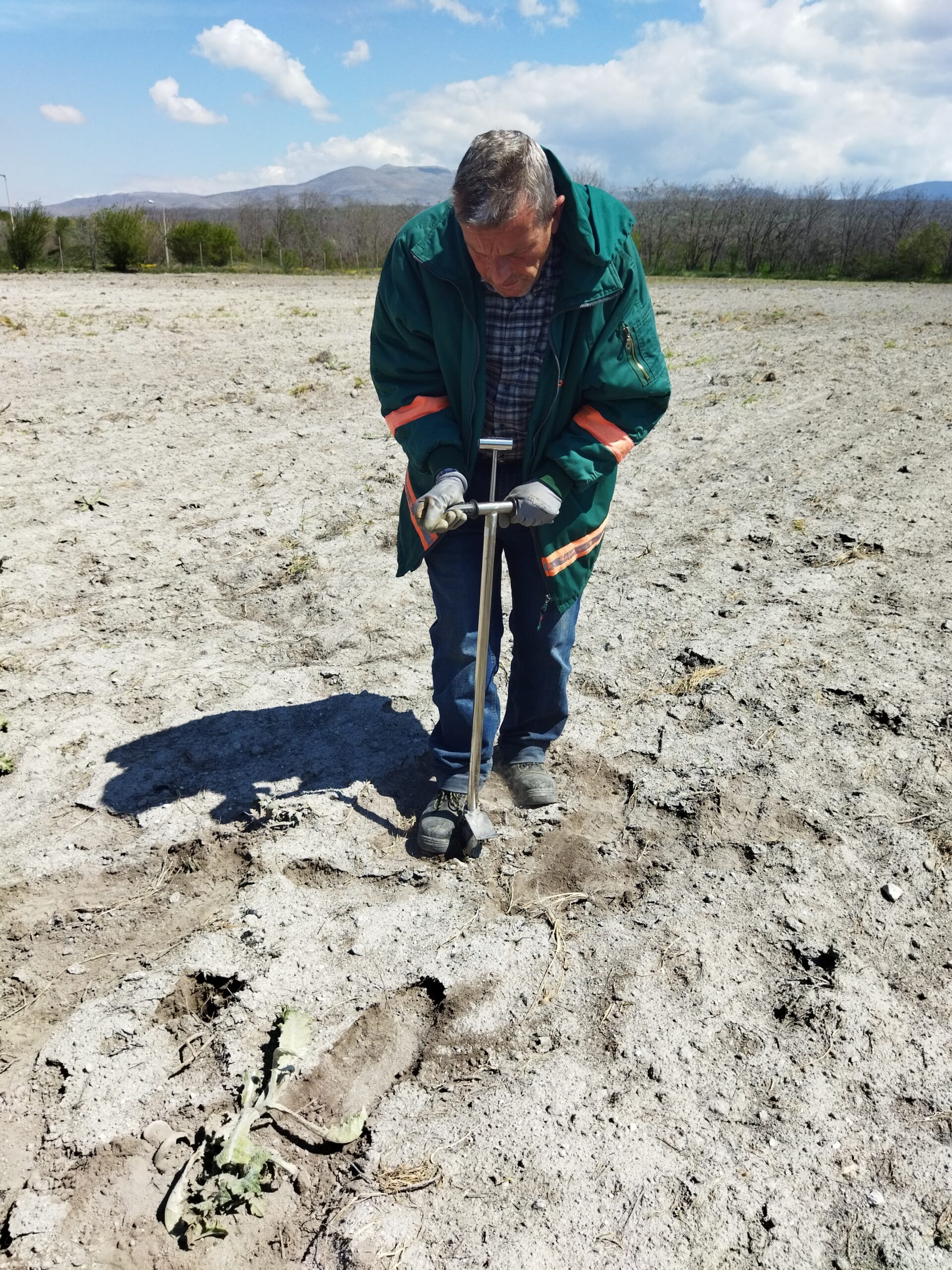
Rehabilitating Degraded Soils
The project is situated in Western Macedonia, a region in northern Greece with a long history of lignite extraction. The specific site is located approximately 20 km northwest of Kozani, adjacent to a landfill and recycling centre. Covering an area of 20 hectares, it is one of many abandoned lignite mines that have left behind degraded, no longer productive soils. The region faces broader socio-economic challenges, including one of the highest youth unemployment rates in Europe and a rapidly ageing population. This use case contributes to addressing both environmental degradation and regional economic transition.
📍 Location: Western Macedonia, Greece
🌾Area: 20 hectares
🌡️Climate: Mediterranean/continental
🌱 Bio-based products: MDF (pseudoacacia) and possibly essential oils from lavender


Main challenges
The Greek use case addresses the challenge of rehabilitating land degraded by former lignite mining operations. The abandoned mines have left behind unproductive land due to intensive and unsustainable use, which has significantly disturbed the soil structure. These soils are typically loose and fragmented, with a disrupted profile and poor aggregation. The lack of natural soil horizons leads to limited organic matter and nutrient content. They are generally less fertile and require substantial restoration efforts to improve their structure and support vegetation growth. Restoring this type of land is essential for both environmental and socio-economic resilience.
Socioeconomic factors

High unemployment – The region experiences a significantly high unemployment rate, particularly among young people, which is one of the highest in Europe.

Ageing population – The population in the area is aging, and there is a decrease in overall population numbers.
Solution within MarginUP!
To reverse any possible effects of past contamination in the area and rehabilitate the degraded soil, this use case applies phytoremediation through the planting of fast-growing, nitrogen-fixing, resilient species such as pseudoacacia (black locust). Intercropping with lavender is used to enhance soil health, support ecological balance, and build agricultural resilience. Oak and chestnut trees are also planted to enhance biodiversity. The project aims to regenerate degraded soils while creating a bio-based value chain that includes the wood industry, small-scale essential oil producers, and potentially beekeeping farmers. The approach supports a just transition by linking ecological restoration with economic innovation.


Benefits
MarginUp!’s proposed alternative land uses offer various social, environmental, and economic benefits.
Biodiversity enhancement
Circular use of biomass
Replication potential
Water optimised production
Improved soil quality and productivity
New regional business models
Stakeholders Engaged
- Regional and municipal authorities
- Research institutes and academia
- Cooperatives, agronomists, and agroengineers
- Local SMEs and bio-based businesses
- Companies managing former lignite sites
- Consulting firms
- Technology providers
- Interest groups
Interest Groups
- Environmental NGOs and civil society
- Wood products and bioeconomy industries
- Policymakers in other coal/lignite regions
- Vocational training and skills providers
- Investors in sustainable land use
- Just Transition Fund and EU-level institutions
- Communities in other marginal lands
Implemented actions
Over the past two years, the use case team has planted 1500 pseudoacacia trees and 2200 lavender plants to stabilise and rehabilitate the soil. An additional 70 oak and 70 chestnut trees were planted to enhance biodiversity, although some of these were not originally planned and are currently being monitored due to drying issues. The team also collected wood samples from older pseudoacacia trees at the edge of the field that were previously planted to assess their properties and determine the percentage that could be used to produce MDF (medium-density fibreboard). These actions are laying the groundwork for the development of a circular, regionally embedded biomass value chain.
Timeline
- Planted 1500 pseudoacacia trees and 2200 lavender plants.
- Planted 70 oak and 70 chestnut trees to support biodiversity.
- Collected wood samples from pseudoacacia for MDF testing.
- Plan to log pseudoacacia and begin first MDF production trials.
- Complete feasibility analysis and demonstrate the replicability model.
Expected Results
- Demonstration of successful soil rehabilitation using phytoremediation.
- First trials of MDF production using pseudoacacia wood biomass.
- Increased biodiversity through intercropping and tree planting.
- Enhanced knowledge of wood quality and usability for bio-based products.
- Clear identification of the support mechanisms and feasibility requirements for replicating the model in other regions.
Replication Potential
This case is potentially replicable in former lignite or coal mining areas, particularly in regions undergoing economic and environmental transition. Europe currently has 42 coal regions across 12 Member States, many of which face similar marginality and land-use challenges.
The replication model includes:
- Adaptable plant selection for degraded or contaminated sites.
- Production of bio-based goods, such as MDF and essential oils.
- Creation of local value chains, which offer employment and income in post-coal regions.


